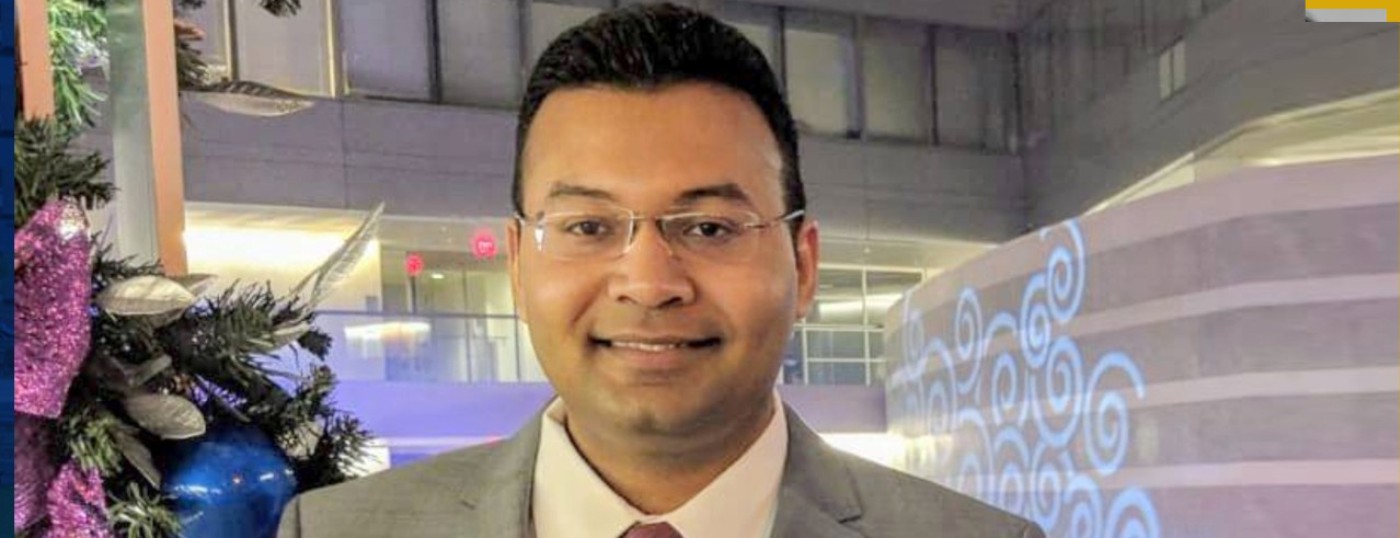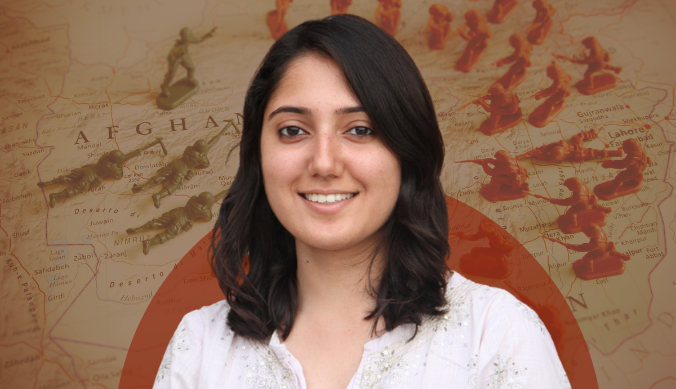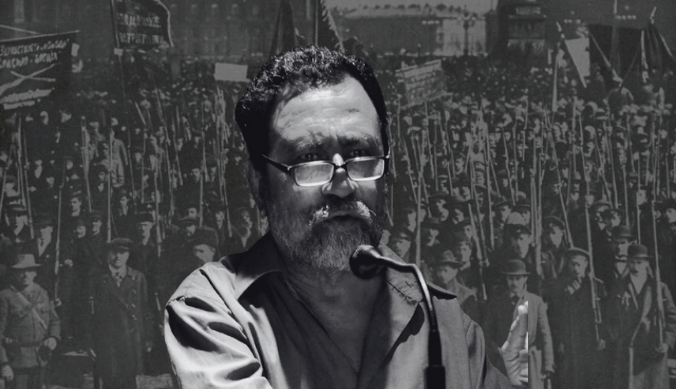The Curious Young Mind: YIF alumnus’ journey from engineering to liberal arts to bringing environmental change worldwide
YIF alumnus Peeyush Khare’s scientific work on tackling urban air pollution as part of his doctoral research at Yale University could be a game-changer in mankind’s aspiration for a greener world.
Shreya Chatterjee
4 December, 2020 | 20 min readThe first time I heard of Peeyush was while reading an article on The Guardian about his research on asphalt roads and city air pollution caused by it. The article intrigued me so much when I got to know that Peeyush was a former Young India Fellow, the batch of 2015. From Civil Engineering to Environmental Engineering to Liberal Arts and Environmental Policy to Chemical and Environmental Engineering – Peeyush’s journey has been nothing short of exhilarating. The transcending boundaries somehow intermingled beautifully and have resulted in his deep pursuit of being a changemaker.
Peeyush was almost completing his MS in Civil Engineering from Virginia Polytechnic Institute and State University, commonly known as Virginia Tech, when he stumbled across the website of the Young India Fellowship (YIF). While at crossroads over whether to continue his “American Dream” and get a high-paying job, awaiting offers for his Ph.D., or take a complete turn and pursue Liberal Arts, Peeyush made a choice and opted for a road less taken.Talking about his transition, he said “I have found that transitioning between different streams of human knowledge that often do not overlap in their technicalities could be a challenging but certainly an enlightening experience.”
What an interesting statement this is! Peeyush continued, “As part of my undergraduate degree at VIT Vellore, I conducted research on artificial rainfall simulation applicable to the Indian subcontinent, followed by investigating the transport of influenza virus from floor to inhalation heights during human walking in an indoor environment, during research as part of my MS degree. I extracted great joy in carrying out scientific investigations in both these fields that were considerably separated from each other and aimed at solving different problems for improving the quality of human life. Then, YIF added the breadth that I needed in my scope of thoughts to be able to approach any situation or question from both engineering and humanities-related dimensions.”
What more inspiring for the readers maybe is to know that just about two weeks ago the Government of India has granted a patent for his invention of an artificial rainfall simulator suited to Indian subcontinent conditions!
During his time at YIF, he was also able to attend Sciences Po in Paris for Graduate School in Environmental Policy. He said, “At this point, I felt I had a certain diversity in skillsets and sufficient maneuverability in thoughts that I needed to pursue my Ph.D. back in an environment-related technical discipline.” The exposure and learnings he received were unparalleled.
Peeyush was among the eleven candidates picked from around the world to join the Chemical and Environmental Engineering Ph.D. programme at Yale University, specialising in Environmental Engineering.
At Yale, he conducted his Ph.D. research in the domain of analytical environmental chemistry with a specific focus on urban air pollution. He said, “Air pollution is the largest environmental health risk around the world and is estimated to annually claim six million lives. The mortalities are primarily driven by exposure to particulate matter smaller than 2.5 microns in diameter (or PM2.5). Interestingly, a large (often dominant) fraction of PM2.5 is constituted by secondary organic aerosol (SOA) that is formed in the atmosphere from oxidation of gas-phase reactive organic precursors that are emitted from diverse anthropogenic and biogenic sources.
Understanding the magnitude and chemical composition of these emissions is key to controlling air pollution. Therefore, my work within the domain of urban air pollution focused on understanding nontraditional sources of air pollution. It involved a combination of laboratory experiments and field measurements coupled with state-of-the-art analytical instrumentation techniques some of whose methods I developed, and also data modelling of some of the most detailed emissions inventories in the world. Using Los Angeles and New York City as my case study megacities, I was able to show that, following decades of strict regulatory policies for combustion-based sources (e.g. motor vehicles) in developed megacities, we are now at a stage where non-combustion emissions are contributing more reactive organic gas-phase precursors to developed megacity environments than gasoline and diesel motor vehicles.”
Not just this, his research on asphalt roads and city air pollution has received rave reviews. I asked him, to talk about that research a bit.
“One phase of my doctoral research focused on understanding gas-phase emissions from asphalt materials under different temperature and environmental conditions. We found that road asphalt, as well as, other asphalt-based construction materials such as liquid roofing asphalt and shingles, could emit intermediate and semi-volatile organic compounds that could oxidise in the atmosphere to form PM2.5. The magnitude of emissions changes with temperature, such that higher temperatures result in more emissions. Interestingly, we observed that road asphalt not only emits during a road paving (140 ⁰C) event, but also when at typical summer time pavement temperatures (e.g. 60 ⁰C), and these emissions could occur over long timescales, potentially exceeding the order of weeks.
Our experiments showed that solar radiation significantly enhanced emissions from road asphalt which is important since most asphalt is used in outdoor environments. Furthermore, we estimated that the annual potential secondary organic aerosol (SOA) from asphalt materials is comparable to SOA from gasoline and diesel motor vehicles in Los Angeles. However, I should note that asphalt-related materials are only one piece of a much bigger puzzle related to the contribution of non-combustion sources to urban air pollution. Further details of this research could be found in our paper titled “Asphalt-related emissions are a major missing nontraditional source of secondary organic aerosol precursors” published in Science Advances. It has been covered by over 70 media outlets around the world to date.”
I was pretty sure that he has been asked this question multiple times, yet, I asked him about his inspiration behind applying to YIF.
“My inspiration to join the Fellowship did not manifest over a short timeframe, but rather slowly intensified over the course of my engineering academic pursuits prior to it. While executing various scientific research objectives, I started to realise that problems that have a direct, and quite often, immediate impact on society tend to exist at the nexus of different disciplines (relevant example: engineering and economics/policies). One could surely approach such problems from their own specific dimension of understanding but would do so at the expense of acquiring the complete picture of the issue. I do not think that one person could be an expert in everything, but I realised that it could be incredibly useful for an expert in a field to also understand other fields to some extent. Hence, as a scientist, I became motivated to also learn about other subjects that could likely have a say in the final outcomes of my work.
In the 5 years that I spent at Yale, my YIF training came to fruition in different professional pursuits including when my article on alternatives to economic growth was selected among the top-21 articles in a competition between approximately 1000 graduate students from 108 nations and 350 universities for the St. Gallen Symposium 2016, and when I received invitations to attend environmental sustainability-related summits at the United Nations and the World Bank in subsequent years.
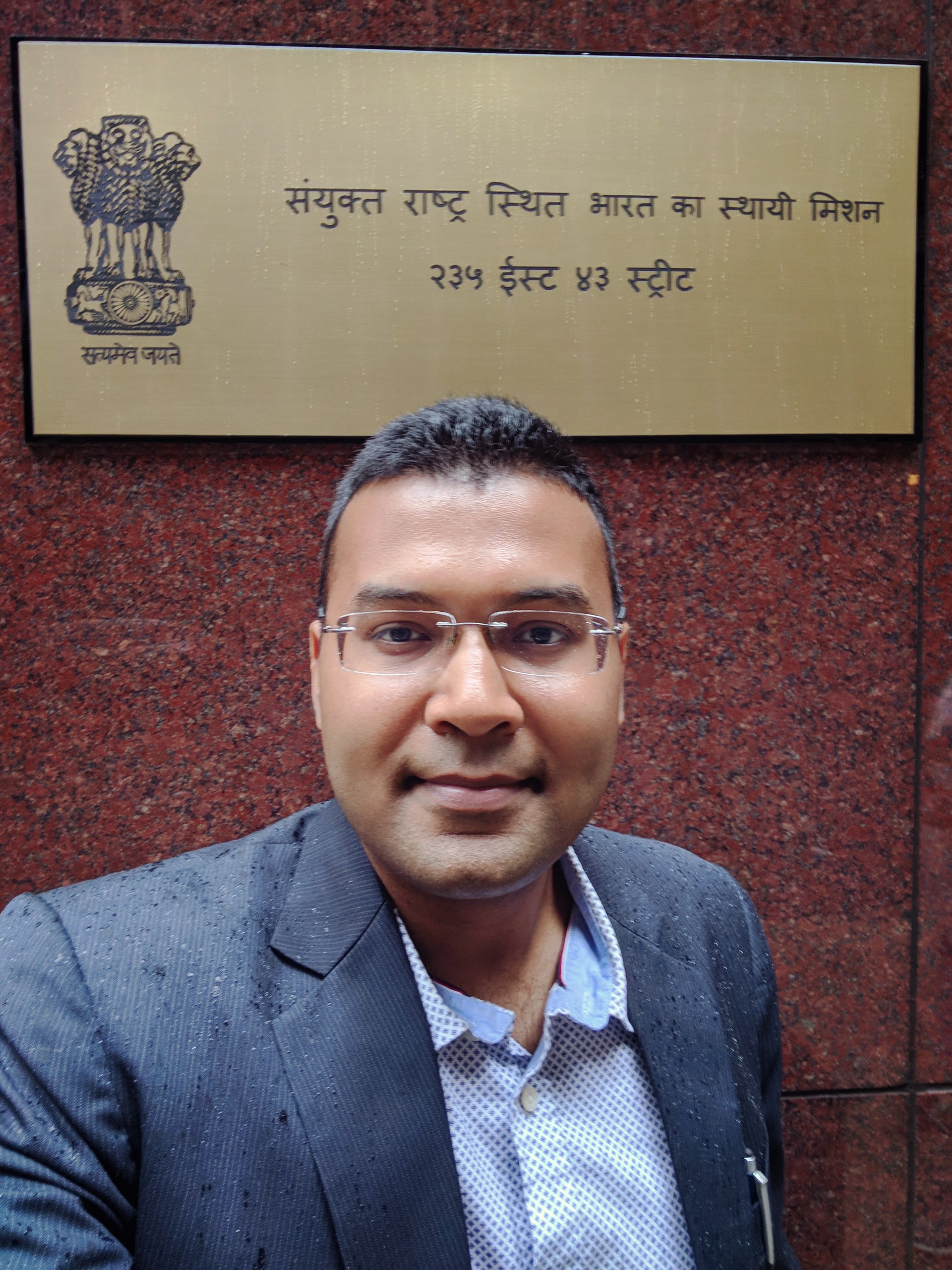
In retrospect, YIF certainly was the perfect programme whose training contributed to and facilitated these developments. One may also find it interesting to know that after tremendous deliberation, I made the decision to join the Fellowship standing at the 102nd floor of the Empire State Building in New York City on New Year’s Eve in 2014, staring at the glorious city in polar vortex winds at -25 °C.
“I surrendered that life to move to Sonipat to pursue the Fellowship, and looking back, it was perhaps one of the best decisions of my life.”
2020 marks one decade of YIF. His advise to prospective students: “YIF is a place where you will each have your own tryst with such dimensions of human knowledge and perspectives that are incredibly interesting, yet probably remained elusive to you so far. You will begin to observe such nuances in the workings of the anthropogenic infrastructure, be it material or abstract, which you did not know even existed, or which many of you previously considered blunt consequences of the flaws in the human design. YIF will give you space to mentally expand your understanding of the world at your own rate, and in academic streams of your own choosing. It will elevate you to challenge what you previously accepted as conventional wisdom in areas ranging from art, to economy, to literature, to politics to mathematical reasoning and beyond.
YIF is one place I know where you would have the opportunity to confront your own mental construction with which you have operated in the world and perceived its events, and via healthy discussions/debates, will receive the tools to chisel it as and where you see fit, or even entirely recast, while also learning from and influencing the vast pool of talent in your cohort. And all this would be in addition to extraordinary learning opportunities from the stellar faculty at Ashoka.”
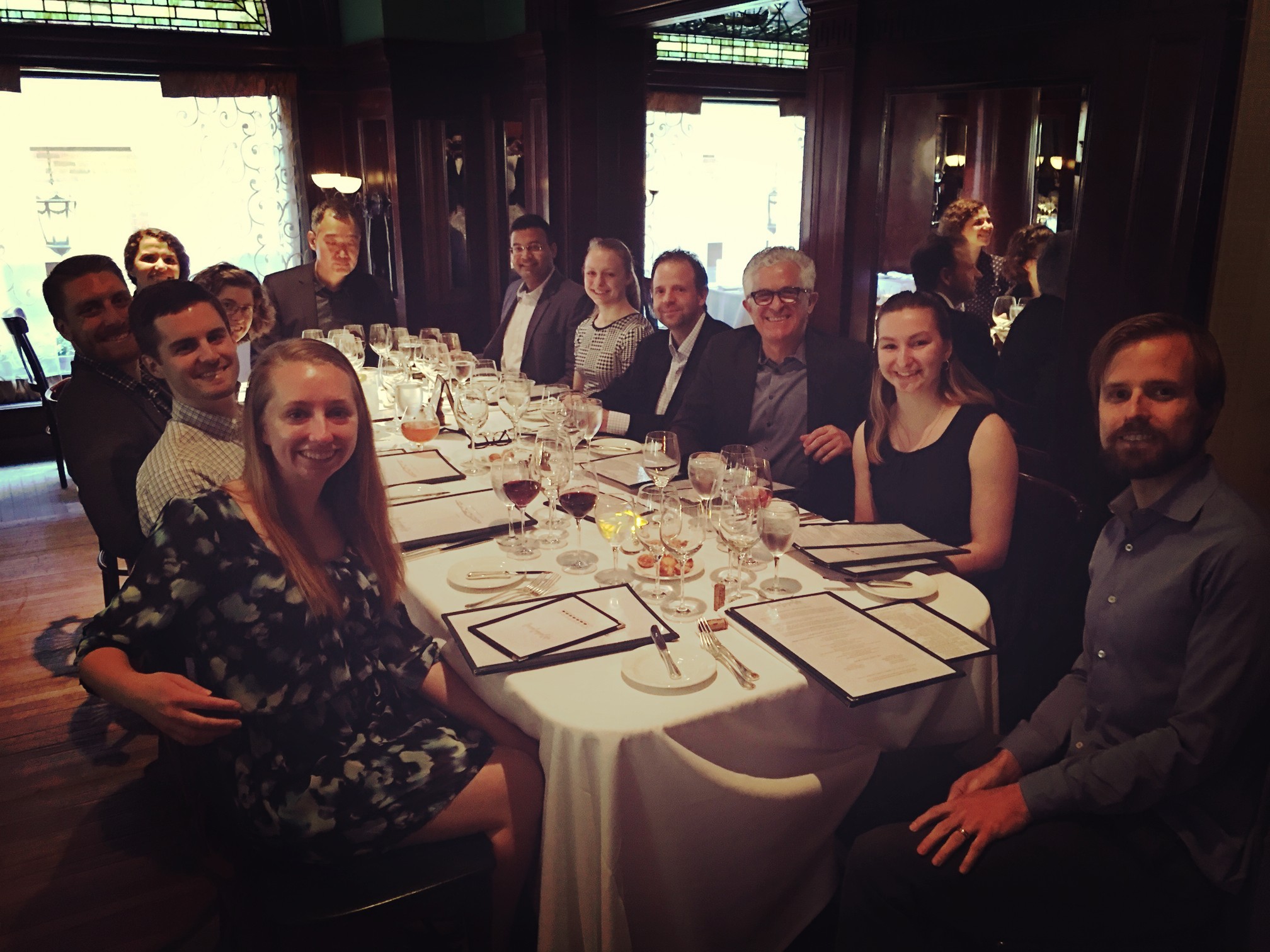
He is not just a brilliant scientist but also a Black Belt in Shotokan Karate, which was just conferred to him by the Japan Karate Association which is the global authority in this domain!
We have come almost to the end of our conversation. Peeyush paused for a moment to thank Ashoka.
“Ashoka helped me develop the ability to fearlessly question everything under the sun that I consider worth questioning.”
“Ashoka instilled in me an understanding that to make societal improvements, it is important to engage in constructive dialogues on issues even at the expense of one’s own comfort. However, I understand that this is easier said than done for most individuals including my own self. Ashoka gave me the inner strength and conviction to pursue this line of thought unyieldingly.”
Dr. Peeyush Khare, an alumnus of the Young India Fellowship has recently completed his Ph.D. and has now moved to the Paul Scherrer Institute/ETH in Switzerland where he will be performing laboratory experiments and investigations to tackle the air pollution problem in select Indian megacities as part of a formal scientific collaboration between the two countries. You can know more about him and his work here.





